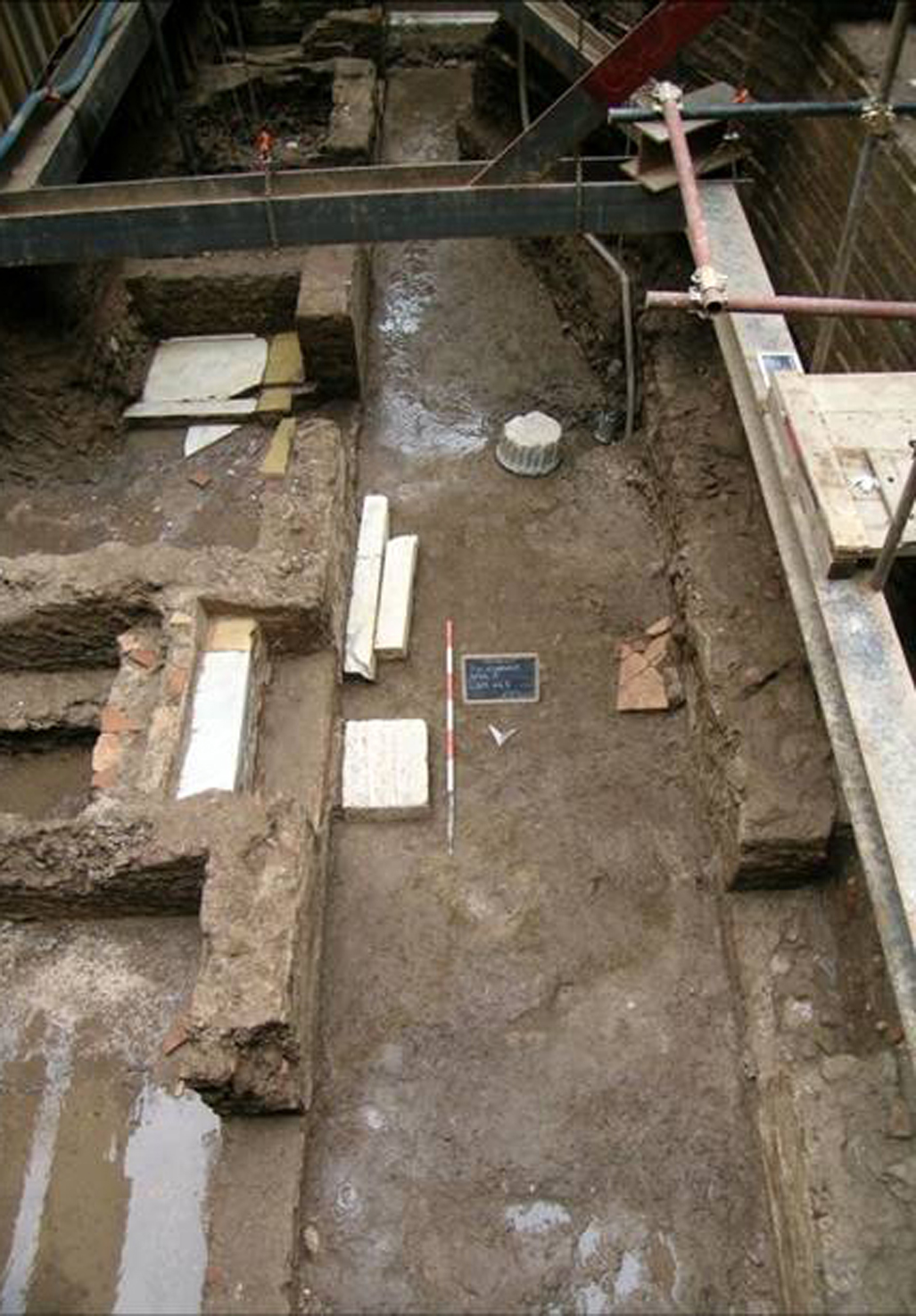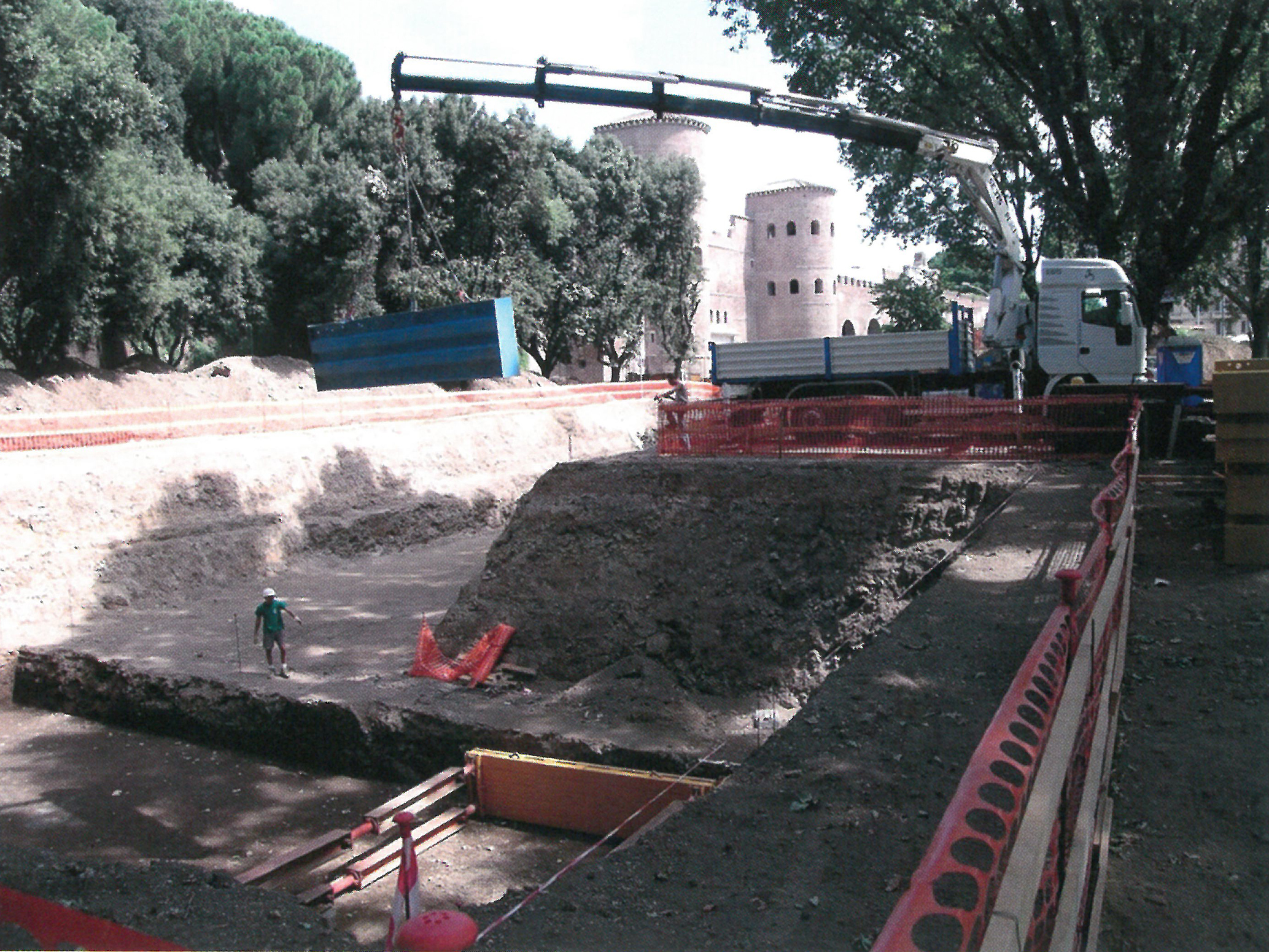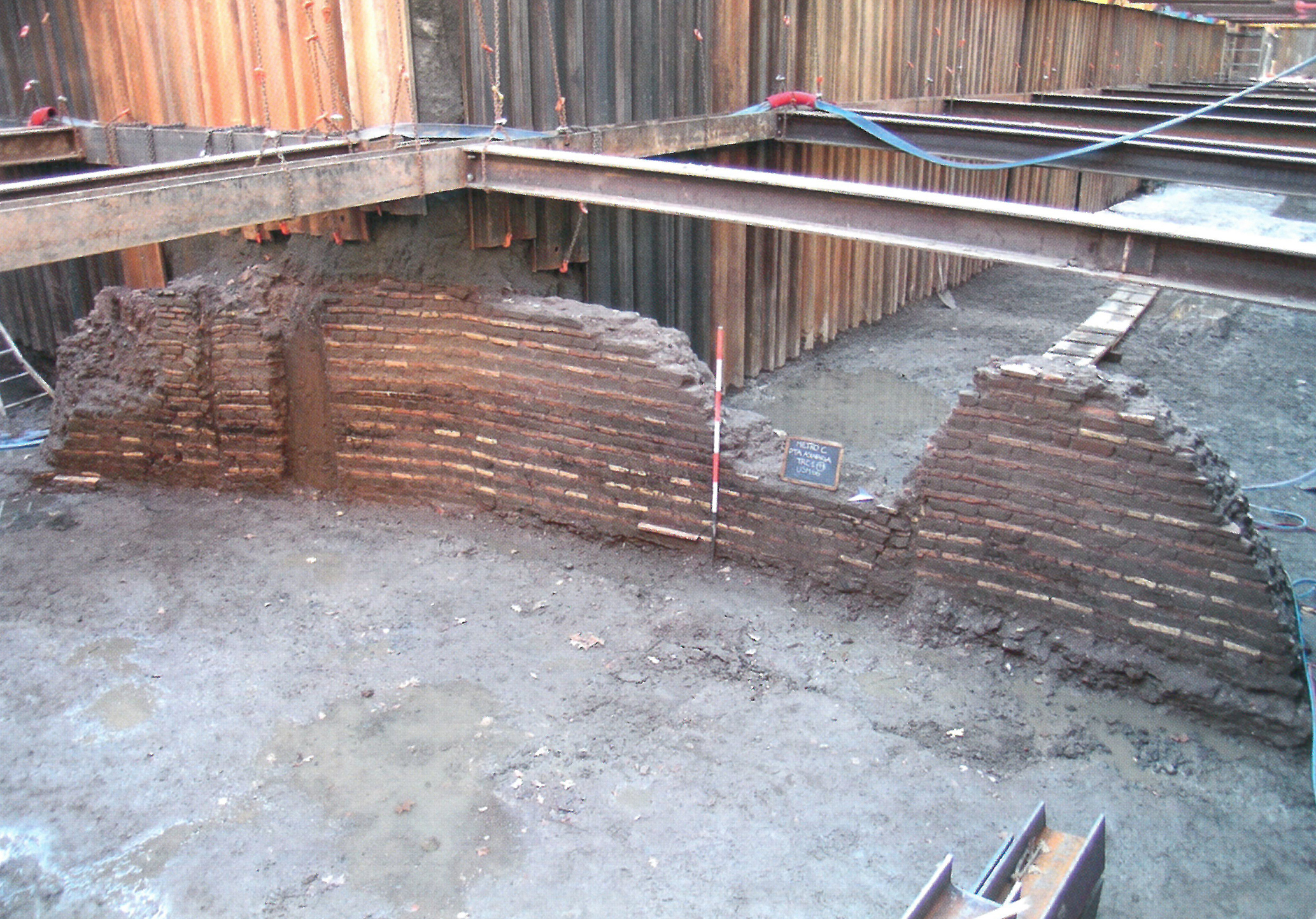“That’s why we were involved in the study of the 24 boards found under Via Sannio,” he confirms. “From the microscopic examination of the fibers, it was immediately clear that it was oak wood. The next question was its origin.” And this is where the growth rings come into play. We are taught from childhood that their number can reveal the age of the tree. “In some boards, we counted more than 250 rings, indicating that the forest they came from was centuries-old,” explains Bernabei.
But not everyone knows that the shape of the rings reveals the era in which the tree lived (with an accuracy of one year, whereas carbon dating has an uncertainty of 100 years) and its geographical origin. “The shape of each growth ring depends on the environmental conditions in which the tree is located: a year of drought will result in a very narrow ring, completely different from the growth in a very rainy year.” And in the same geographical area, plants of the same species (in this case, oaks) will have a very similar sequence of rings because they all grew under the same conditions.
Scientists are thus able to create true dendrochronological maps that characterize different areas of the planet. “We tried to compare the growth ring sequence of the 24 boards with the database related to the Apennines, but we found no matches,” says Bernabei. “Then we tried the German database: there was some commonality, but not enough. Then we looked at the French data, and there was the surprise: the growth ring sequence matched those of oaks grown in the first century AD between the Jura Massif and the Upper Rhine Valley.”

The work of Bernabei and his colleagues, just published in the journal Plos One, is much more than a curious investigative-scientific study of the origin of some pieces of wood. It reveals that the Romans had an extraordinary logistical and transportation capacity, which they applied not only to luxury goods (from large felines used as attractions in the Colosseum to precious marbles for the emperors’ villas) but also to ordinary building materials. Including wood. “We’re not dealing with precious materials like ebony or cedar for which exceptional transport could be justified,” confirms Bernabei. “These are oak boards, 3 meters and 80 centimeters long, similar to those found in today’s DIY stores, used for foundations. ‘Ordinary’ material, in other words. Yet they had them transported from the edges of the Empire, organizing their transport for 1700 kilometers, over three rivers and a sea. It was the norm for them.”
“La Repubblica will always fight for freedom of information, for its readers and for all those who care about the principles of democracy and civil coexistence.”



